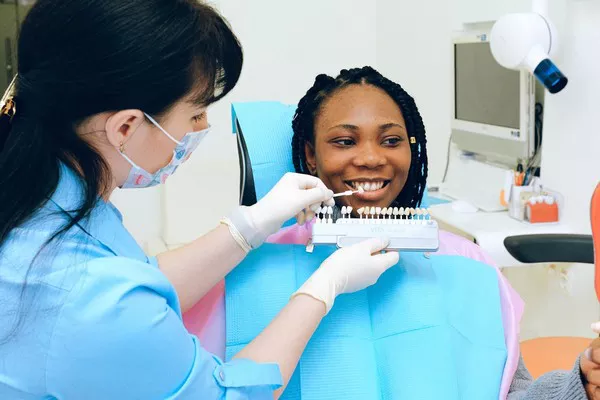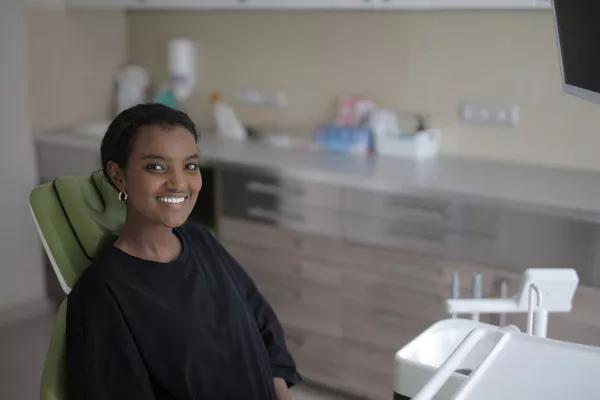How does unplug tooth bleed to do?
Most of the bleeding is caused by local factors, while a few are caused by systemic factors.
But no matter what the cause of bleeding, should first pay attention to the patient’s systemic situation, ask about bleeding, estimate the amount of blood loss, pay attention to the pulse, blood pressure changes, according to the situation, decide whether to input fluid, or even blood transfusion.
After understanding the general condition, the local examination will be carried out and the bleeding will be treated according to the cause.
For haemorrhage caused by systemic factors, such as hemophilia, prevention should be given priority, and further diagnosis and treatment should be made jointly with a physician when necessary.
Bleeding from tooth extraction caused by local factors, such as residual inflammatory granulation tissue in alveolar fossa, soft tissue tear, alveolar bone fracture, blood clot shedding, and rupture of well-known vessels such as small vessels in alveolar or inferior alveolar vessels.
After identifying the cause of bleeding, symptomatic treatment can be carried out.
If there is granulation tissue in the alveolar fossa, it should be thoroughly removed to stop bleeding.
When the gums are lacerated, they should be sutured.
Most patients of the tooth extraction, blood clot can be seen higher than the alveolar fossa and bleeding, available gauze will be higher than the alveolar fossa blood clot clearance, after placing blood stop powder, then use gauze roll compression.
If the bleeding can not be stopped, the two sides of the gingiva for horizontal mattress suture, can make the two sides of the tooth extraction wound mucoperiosteum flap tension and reduce blood supply, help to stop bleeding.
This is because most bleeding does not come from the alveolar socket, but from the surrounding soft tissue.
Compression for 5 minutes after suture, if bleeding still does not stop, apply gelatin sponge, blood stop powder, etc., into the alveolus socket, and then bite yarn roll compression hemostasis.
If the tooth extraction bleeding is for the tooth socket bleeding, the above method can not stop the bleeding. The blood clot in the tooth extraction socket can be removed under local anesthesia, and the blood clot can be tightly packed with a long iodoform gauze and pressurized. The hemostatic effect can often be achieved.
After treatment, soak cold water with gauze to wipe the blood clot in the mouth, to prevent the patient from feeling uncomfortable and coughing mouth, which will promote the wound bleeding again.
The iodoform yarn is removed after 1 week.






























